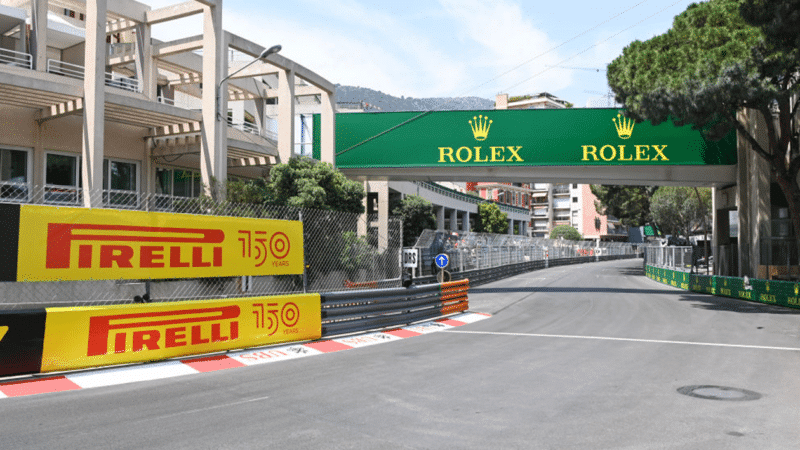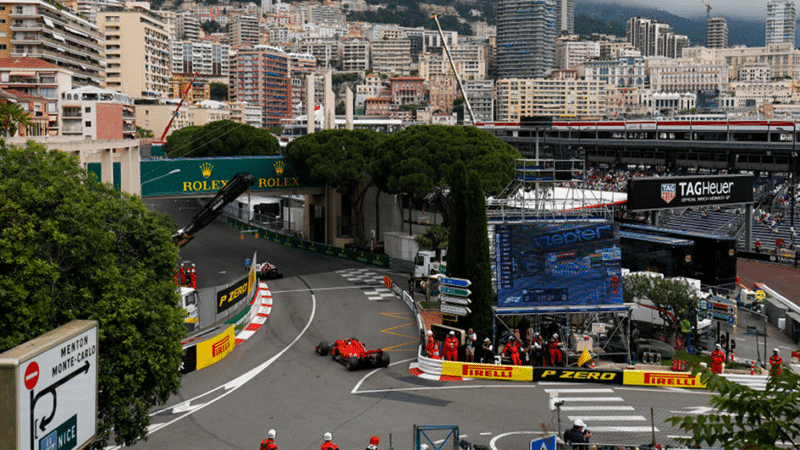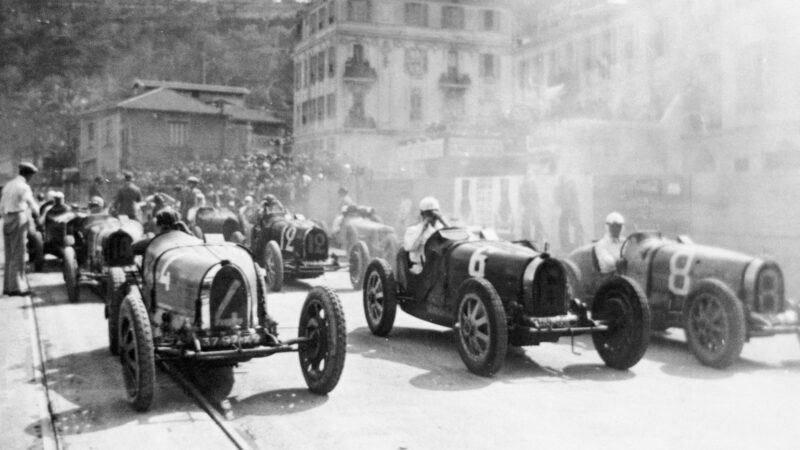Who was Antony Noghès? All you need to know about the Monaco GP creator
Where others saw a route around Monte-Carlo, Anthony Noghès saw a race track. This is the story of the man who created the Monaco Grand Prix circuit — and also introduced the chequered flag to motor sport

A grand prix track was a tricky thing to fit into the principality of Monaco, but Antony Noghès’s drive made it happen, and in 1929 the most glamorous motor race in the world was born.
Who was Antony Noghès?
The creator of the Monaco Grand Prix, Antony Noghès, was born on September 13, 1890. He was a civil servant who was in charge of tobacco distribution in the principality but later helped co-found the Monte Carlo Rally and later the Grand Prix.
He was responsible for the street circuit layout we know and love today, which is no mean feat in a principality that’s sandwiched between the Mediterranean Sea and the Alps. Noghès was also the individual who proposed that races be ended with the waving of a chequered flag.
He was Race Director for the Grand Prix in 1960 and ’61, and during the same decade played an important part in Monaco politics, becoming a member of the national council. When the constitution was suspended by the Prince, was named President.
Noghés passed away, aged 87, on August 2, 1978. A true pioneer for motor racing in Monaco, the final Turn 18 was named after him a year later.

A Ferrari makes its way through Turn 18 known as Antony Noghès
Was Antony Noghès from Monaco?
Noghès’ family were proud Monegasques. Antony was a civil servant, in charge of cigarette distribution in the principality, but the family had amassed their fortune in many ways through the centuries. His father also had involvement with motoring in Monaco, and in 1890 a club was established for local car and motorcycle owners, the Sport Velocipedique Monegasque. Its founder was Alexandre Noghès, Antony’s father.
How was the Monaco Grand Prix layout chosen?
After repeatedly wandering the principality’s streets, Noghès hit upon the only circuit that was feasible — as he later recounted. “This skirted the port, passing along the quay and the Boulevard Albert Premier, climbed the hill of Monte Carlo, then passed round the Place du Casino, took the downhill zigzag near Monte Carlo Station to get back approximately to sea level and from there, along the Boulevard Louis II and the Tir aux Pigeons tunnel, the course came back to the port quayside. Today, the roads comprising this circuit look as though they were made for the purpose.” The design has remained relatively unchanged almost a century later.
When pitching the idea to the sport’s governing body his task was eased by a powerful ally: Louis Chiron. The Monegasque native, whose father was maitre d’ in the Hotel de Paris, was already a successful grand prix driver with the factory Bugatti team. Chiron’s reputation eased Noghès’ path through the governing body’s Parisian corridors of power.
When was the first motor race in Monte Carlo?
The circuit was granted a licence for a race to be held on April 14, 1929. As the weekend approached, the roads were fenced off and big boards and hoardings blocked the view to outsiders without a residence or a ticket. Posters for the event, some drawn by Noghès himself — he was an accomplished illustrator — were placed all round the surrounding area. The race was by invitation only.

The grid ahead of the first Monaco race in 1929
Getty Images
When was the first Monte Carlo Rally?
Before the Grand Prix came rallying. Antony Noghès and Gabriel Vialon of the Velocipedique club devised the Monte Carlo Rally, first held in 1911. From starting points all around Europe, competitors drove to the principality in January, thus advertising the mild winter climate there after they had battled the elements elsewhere. Naturally, such events received enthusiastic backing from the Monaco royals.
The rally became an increasingly prestigious annual event, and the old Velocipedique Monegasque transformed into the Automobile Club de Monaco. Alexandre Noghés remained the president but a sporting arm was created with son Antony at the helm.
Read Mark Hughes’ full biography on the motor racing pioneer here.
